15 Tips and Ideas to Lower Your Car Insurance Costs
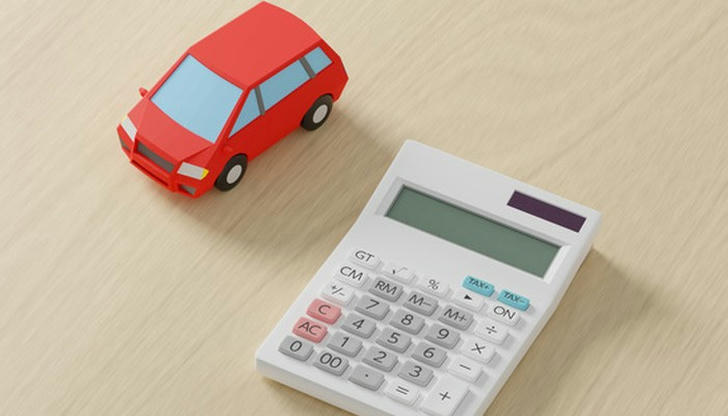
Car insurance is essential for financial protection while driving, but it's crucial to ensure you're getting the best possible deal on your policy—whether it's basic liability coverage or comprehensive auto insurance. Here are 15 tips to help you save on car insurance.
How Much Does Car Insurance Cost?
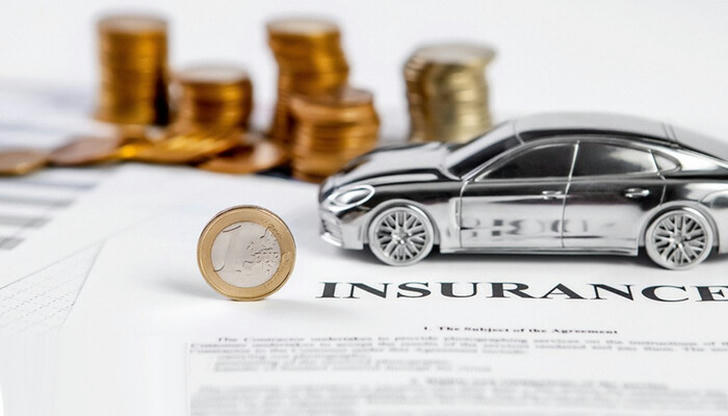
The cost of car insurance varies depending on factors like your location, the insurance providers available, and the type of coverage you choose. In 2020, the average driver spent around $1,176 on car insurance, according to the National Association of Insurance Commissioners (NAIC). NAIC data also revealed a 2.4% decrease in premiums from 2019 to 2020.
Meanwhile, AAA's data showed that the average annual cost for insuring a new car was slightly higher, at $1,202 in 2020.
These figures are quite similar, meaning you should consider budgeting around $100 per month for auto insurance when purchasing a new vehicle.
How to Lower Your Car Insurance Costs
There are several ways to reduce your car insurance premiums:
1.Utilize Multi-Car Discounts Insuring multiple vehicles with the same company can often be cheaper than insuring a single car.

Many insurers offer bulk rates to attract more business.Typically, all drivers must reside in the same household and be related by blood or marriage to qualify. However, two unrelated people who jointly own a vehicle may also be eligible for a discount.Insuring a teen driver will usually increase your costs, but you might be able to secure a discount if your teen has good grades—usually a B average or higher, or if they rank in the top 20% of their class. These discounts typically apply until your child turns 25 and can range from 1% to 39%. Be sure to provide proof of good grades to your insurer.
Some insurers may offer additional discounts if you bundle car insurance with other policies, such as homeowners insurance. For example, Allstate offers up to 25% off when you combine auto and homeowners insurance.
2. Stay Alert Behind the Wheel

Drive safely and stay focused on the road. The more cautious you are, the fewer accidents or traffic violations you'll have, and these incidents can cause your insurance premiums to rise. For instance, Travelers Insurance provides discounts for safe drivers, with the amount depending on your driving history.
3. Complete a Defensive Driving Course

Some insurance providers offer discounts to drivers who successfully complete an approved defensive driving course. Additionally, taking such a course can help drivers reduce points on their licenses due to traffic violations.
Before enrolling, make sure the time and money spent on the course will result in sufficient insurance savings. It's a good idea to inquire with your agent or insurance company about this discount. Also, ensure the course is accredited, as each state has its own accreditation requirements. GEICO, for example, allows you to check the accreditation standards by state on their website.
4. Compare Car Insurance Rates
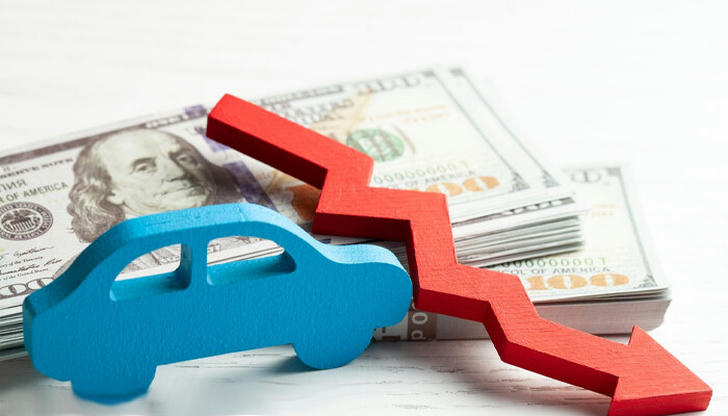
If your policy is about to renew and your premium has increased significantly, it may be worth shopping around and comparing quotes from different insurance providers. It's a good practice to get quotes every year or two, just to see if there's a more affordable option available.
However, remember that the lowest price doesn't always mean the best deal. It's important to consider the insurer’s financial stability—what good is a policy if the company can't pay out claims when needed? You can check ratings of an insurer’s financial strength on websites that evaluate such factors.
While the financial strength of the insurer is crucial, you should also pay attention to what your policy covers. Make sure you fully understand the terms. Insure.com, for example, bases its insurance company ratings on data from Standard and Poor's.
5. Use Public Transportation

When you sign up for auto insurance, you’ll typically be asked to fill out a questionnaire, which includes questions about how many miles you drive annually.
If you're commuting long distances—like three hours to work daily—you’ll likely face higher premiums than if you only drive a mile a day. To reduce your mileage and potentially lower your rates, consider using public transportation. However, you’ll need to significantly cut back on your driving to qualify for a discount. Check with your insurer about their specific mileage thresholds to ensure your efforts will result in savings.
6. Choose a Smaller Vehicle

While a large SUV might seem like an exciting option, insuring a hefty 5,000-pound vehicle with premium features can be much more expensive than insuring a smaller, affordable commuter car. Some insurance companies offer discounts for hybrid or alternative fuel vehicles. For example, Farmers Insurance gives a 5% discount for these types of cars.
7.Increase Your Deductible
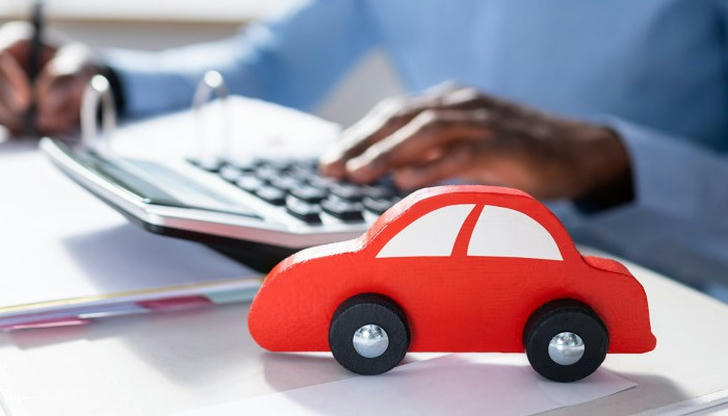
When selecting car insurance, you usually have the option to choose your deductible—the amount you'll pay out of pocket before the insurance covers the rest in the event of an accident or claim. Deductibles typically range from $250 to $1,000. The key is that a lower deductible usually means a higher premium, while a higher deductible generally results in a lower premium.
To see how this might impact your costs, ask your agent how increasing your deductible could affect your premium. In some cases, it could lead to significant savings, while in others, the reduction might be minimal.
Raising your deductible can be a smart option if you're hesitant to file small claims, as it can help avoid increasing your premium.
8.Improve Your Credit Score

While your driving history plays a significant role in setting your auto insurance rates—since frequent accidents can result in higher costs for insurers—some companies also factor in your credit score. Michael Barry, Chief Communications Officer of the Insurance Information Institute, explains:
"Many insurers use credit-based insurance scores. This practice is controversial in some states, but insurers argue that their research shows people who are responsible with their finances are less likely to file claims."
9. Consider Your Location

While it's unlikely you'll relocate just to take advantage of lower car insurance rates, it's something to keep in mind when budgeting for a move. Changes in location can significantly impact your insurance premiums.
10. Review Your Coverage
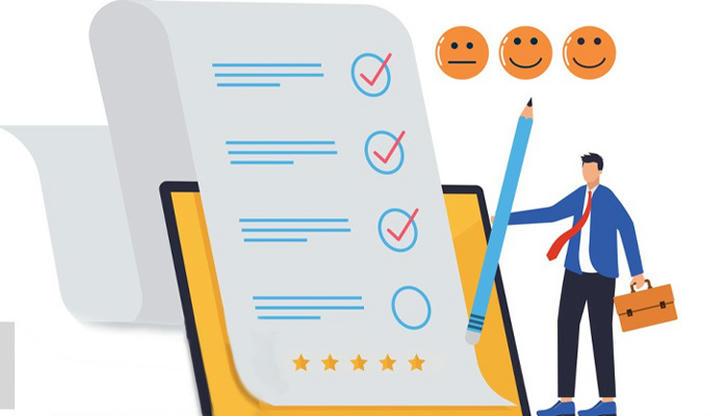
Cutting back on certain types of coverage can be risky, as you can't predict when or if an accident will occur. However, it might make sense to drop collision or comprehensive coverage if you're driving an older car that's nearing the end of its life.
In such cases, the insurance company would likely declare the car a total loss if it were in an accident. For example, it may not be worth paying for collision coverage on a car worth only $1,000 if the coverage costs $500 annually.
11. Install Anti-Theft Devices
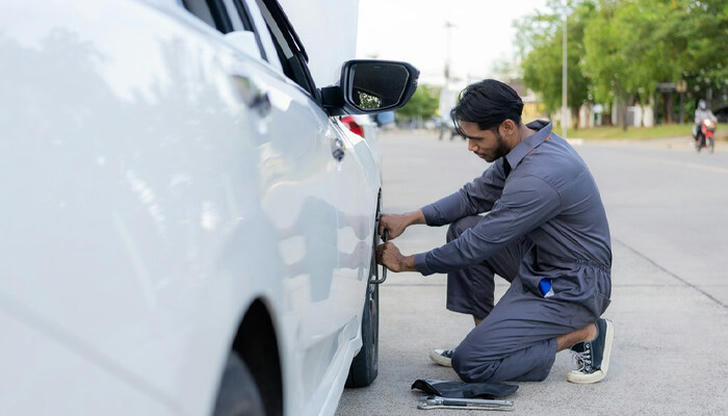
Installing anti-theft devices in your vehicle may help lower your premiums. For example, GEICO offers potential savings of up to 23% for cars equipped with anti-theft systems.
Check with your insurance provider to find out which specific devices could reduce your rates. Car alarms and LoJacks are common options to consider. Before making a purchase, weigh the cost of the device against the potential savings to ensure it’s worth the investment.
12. Talk to Your Agent

There may be additional savings opportunities beyond the ones mentioned here. It’s a good idea to ask your agent about any special discounts, such as those for military personnel or employees of certain companies. You might be surprised by the discounts available based on your situation.
13. Consider Pay-As-You-Go Insurance

Pay-as-you-go, or black box insurance, is a usage-based option that may be beneficial if you're a safe driver with low mileage. Programs like Allstate's Drivewise offer discounts just for signing up, with additional savings provided every six months for safe driving.
To participate, you'll need to allow your insurer to track your driving habits using a telemetric device in your car. This device monitors how much you drive, when you drive, and how safely you drive. If you drive less than 10,000 miles a year, this type of program could help you save money.
14. Look for Extra Discounts
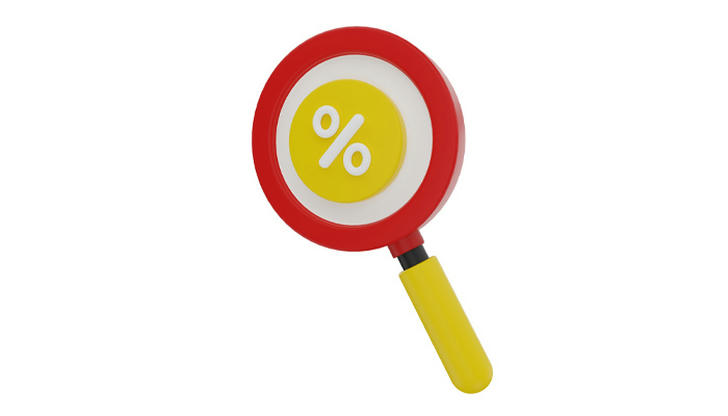
Be sure to explore other potential discounts, such as savings for paying your full premium upfront, opting for e-bills and electronic documents, or being a member of certain organizations that offer insurance discounts.
However, don't get too focused on a long list of possible discounts. It's important to compare both the discount and standard rates from different insurers to find the best deal.
15. Eliminate Unnecessary Coverage
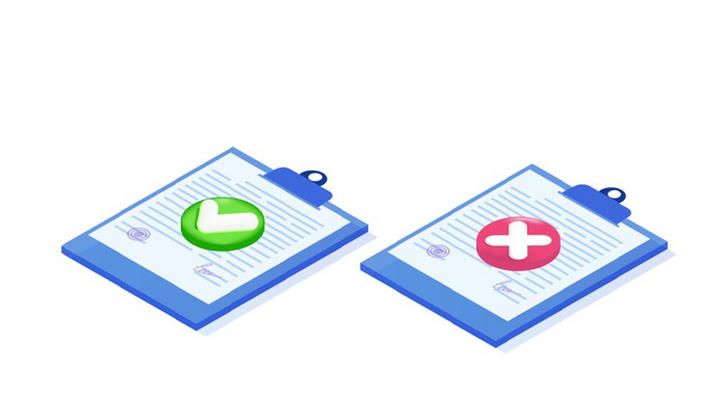
You may not require all the extras included in your policy, such as roadside assistance or car rental coverage. Review your insurance policy carefully and ask your provider about removing any coverage that you don’t actually need.
